As I sit and sip on my morning coffee (#essentials), my kids are digging through a stack of books I pulled out to donate and getting all excited about them. (So typical lol.) But I can’t help but enjoy how they love literature and living books. Over the years we’ve developed a family culture of valuing the written word and it pays off in more ways than one!
As a homeschool mom, what’s even more satisfying is using those living books in our lessons and teaching language arts with literature. It just simplifies things because it’s a natural part our rhythms and routines for our school day. Which of course saves so much time and energy for this mama who has a thousand spinning plates to manage.
You can use literature to teach language arts in your homeschool as well! Here are eight ways to do it.
Disclosure: *This post may include affiliate links. As an affiliate, I earn from qualifying purchases. Read the disclosures and terms for more information.
(This post is sponsored by Learning Language Arts Through Literature. All opinions are my own.)
1. Listening
Children are naturally drawn to storytelling. If you sit down to read aloud a living book, you’ll likely find your children thoroughly engaged. This is especially true if you act out the characters a tad bit and really get into with different voices for the characters. Right?
But even without all the flair, children hear the proper use of language—the flow, the pauses, rhythms, and the composition of organized thoughts. They learn so much just by listening to you read and will often mimic those same things in their writing or when they do their own read aloud sessions!
2. Speaking
Using narration from our living book selections is one of our family’s favorite ways to practice speaking and pre-composition skills in language arts. It’s so natural for children to share about things they find interesting or some new fact they hadn’t previously known.
Narration is basically having your children tell back in their own words what they read or heard. Younger children can narrating back after one or two sentences. Then they can slowly build up to narrating paragraphs and chapters. It’s a helpful way for me to know that they understood the reading!
Plus, it gives them the opportunities to reinforce several more things from their readings. For one, they get to practice proper use of grammar and new vocabulary words. They reorganize information into their own thoughts. And it reinforces what they learned by teaching it to me. It’s a fantastic way for them to learn composition in a more natural way, and later they’ll be better able to organize those thoughts and get them onto paper for written assignments.
3. Writing
Using a current living book, you may have your children do copywork from selected passages. Younger kids can work up from words to full phrases and sentences. Even older kids benefit from copywork. The Bible is a perfect source for copywork!
Around grade 3/4 we also introduce transcription and studied dictation, which is a Charlotte Mason approach that even further maximizes the benefits of copywork.
As your children do this, they’ll use their copywork to put into practice the following:
- Building their vocabulary
- Using correct capitalization
- Defining unfamiliar words
- Using proper punctuation
- Practicing correct spelling (Add misspelled words to a spelling list)
- Identifying parts of speech
- Practicing penmanship
A clear way to see another great benefit of this approach is succinctly encapsulated in the following quote:
“Write what should not be forgotten.” – Isabel Allendale
Your child will be spending more time with great ideas and various writing styles. At the same time, they’ll be practicing the proper use of grammar, punctuation, spelling, and correct use of vocabulary.
I already talked about how narration is important, but also note here that you can have your children write down their oral narrations to describe in their own words their understanding of the reading. We use notebooking as a tool to do that, especially for Bible and history.
Here are a few more ways you can use living books to teach writing skills:
- Choose a passage and teach your child how to take notes while you read. Teach them to then state or re-write the passage in their own words using those notes.
- Choose a chapter or passage and have older kids create an outline.
- Practice organizing information by evaluating living books (or comparing two books or passages) using graphic organizers such as venn diagrams, t-charts, brainstorming maps, etc.
Consider Learning Language Arts Through Literature!
- A complete language arts program for first grade through high school
- An integrated approach to teaching, using quality literature lessons to teach grammar, writing mechanics, vocabulary, spelling, and other language skills
- Reading real books instead of basal stories makes reading more attractive to the student
- NEW 11th and 12th grade book: The Gold Book – Literary Criticism, will prepare students for college writing by guiding them through writing essays that analyze literature in several different ways
- Find out more here!
4. Spelling and Editing
After children copy from dictations provided from a living book, they have the opportunity to compare their copy to the original copy and correct any mistakes. In doing so, they can carefully observe their misplaced punctuation. Or perhaps they’ll see that they forgot to capitalize a letter. And they’ll be watchful of their spelling (if they misspell a word, it goes on their spelling list). All of the errors made can be corrected by your child.
This gentle approach to spelling and grammar is actually a wonderful way to teach these subjects. We do this in our homeschool and only later (4th/5th grade and up) add any additional spelling instruction if it’s needed. They will gradually build their spelling, grammar, and composition skills with copywork and dictation.
Here are more ways to teach spelling, grammar, and editing with living books:
- Copy or type out a passage and have your child identify parts of speech.
- Copy or type out a passage incorrectly and have your child identify errors in spelling, grammar, and structure.
5. Original Language Use
Narration from living books is only one way to help children verbally express language. Another way is to have them narrate from beautiful pictures. The Charlotte Mason method of doing picture study is how we do this in our own home. It’s especially impacting if a picture study relates to something they’re currently reading about.
While your child explains what he or she studies in the picture, your child is in fact narrating. Besides that, your child is displaying their unique way of using language to express thought. Whereas when narrating directly from written material, he or she may be drawing more from the vocabulary the author chose.
6. Reading
When teaching reading, children learn by the sounds letters make. Once the mastery of basic phonics happens, some words may be taught by “seeing it and saying it”. A couple of examples are the words the and there. That all said, it is important to keep up the practice of sounding out words.
Of course a variety of living books—fiction, poetry, history—will help with reading fluency. Not only do they whisk children into the lives of the characters and interesting locations, it creates a love for a captivating use of language.
More ways to teach reading skills:
- Use the narration and writing activities mentioned above to evaluate reading comprehension.
- Choose a passage from selected reading and have your child look up definitions of words they don’t understand.
- Or have your child look up synonyms and antonyms in a thesaurus.
7. Asking Questions
Intentionally giving your child room to formulate questions based on living books allows a few things to happen. Firstly, your child is able to reorganize bits of ideas and vocabulary from the author into a question. This helps your child process information he or she does understand while searching for the missing information needed for comprehension. Secondly, it develops an important learning skill of problem solving.
When you ask your child questions, this also helps your child to reorganize what he or she has read. It’s another way of helping your child process information and communicate through narration.
8. Dramatization
Sure you could have your child simply read a passage from a living book. But how much more fun is it for them to do a readers theater? Many children have a blast dressing up and acting out character roles.
This obviously encompasses reading comprehension and speaking skills. However, it also helps to develop confidence, teamwork, and gently reinforces learning in a super fun way.
Resources to Help
If you find that time is tight or you want some resources and curriculum to help make all this literature-based learning happen, here are some resources you’ll want to check out:
- Learning Language Arts Through Literature – Provides the lessons and the book lists for a complete language arts program using living books.
- A Reason for Handwriting – Uses Scripture for copywork. (It’s a great way to start!)
- Spelling Wisdom – Provides a great lovely variety of transcription and dictation passages.
- What books to use? Any good children’s book or literature will do. Here are some places to find great books:
- Use literature selections from other curriculum you’re using. We use literature from our history curriculum, BiblioPlan, our Morning Time membership, The Homeschool Garden, etc.
- Books about books: Honey for a Child’s Heart, Honey for a Teen’s Heart
- The CM Bookfinder from Simply Charlotte Mason is really cool, with ways to filter down and find good book suggestions.
- Ambleside Online is a free Charlotte Mason curriculum with good book lists.
- The Read Aloud Revival has some good topical book lists.
You might Also Like…
How we teach spelling in our homeschool (plus curriculum picks)
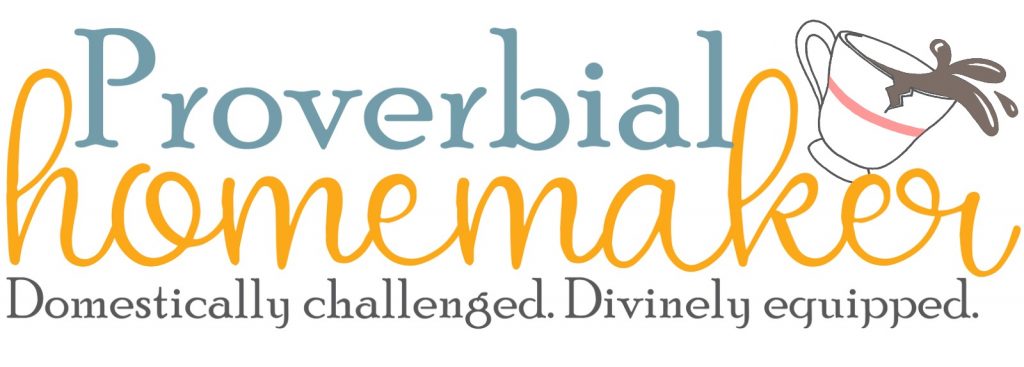
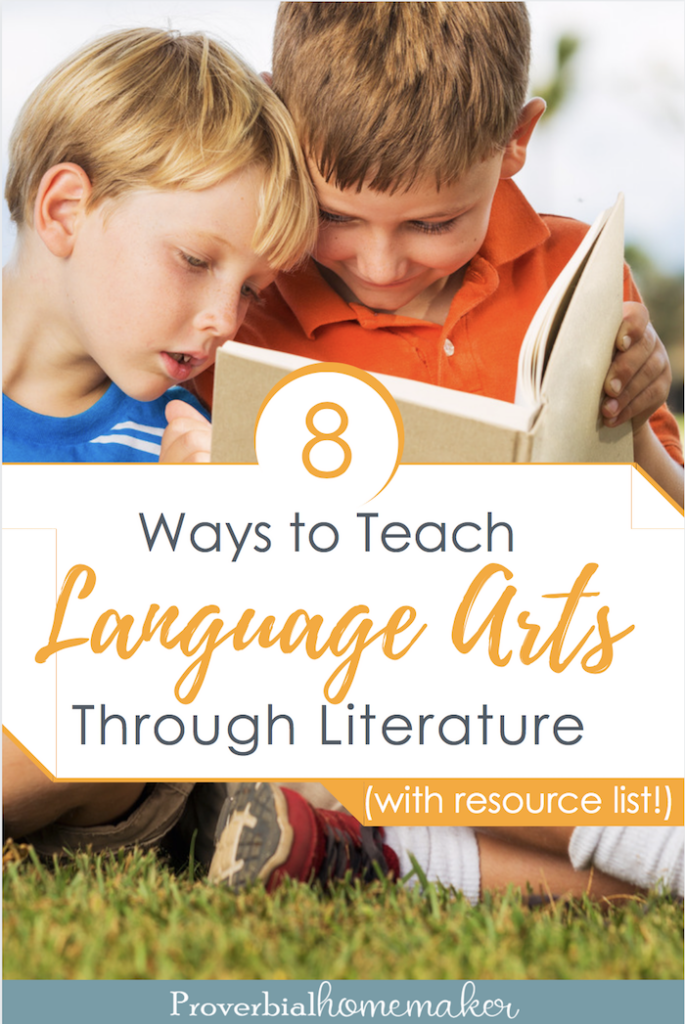
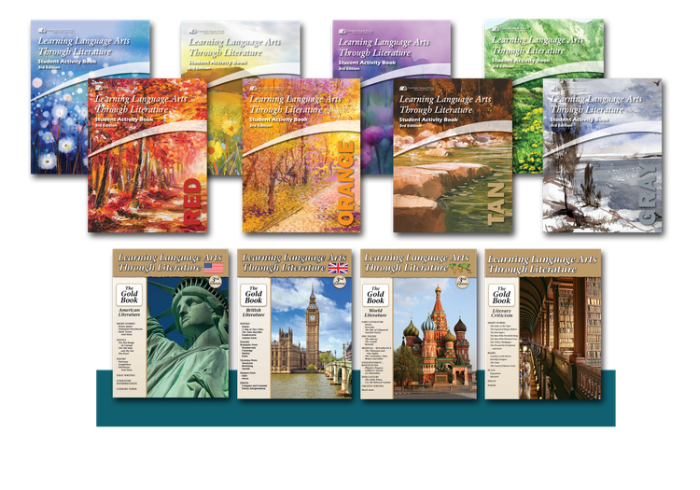



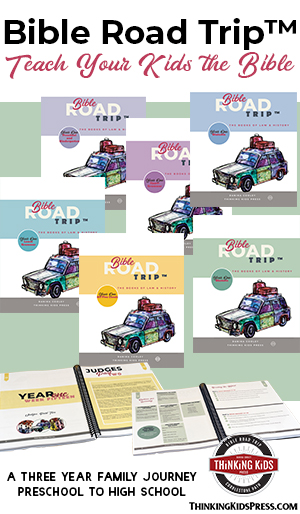
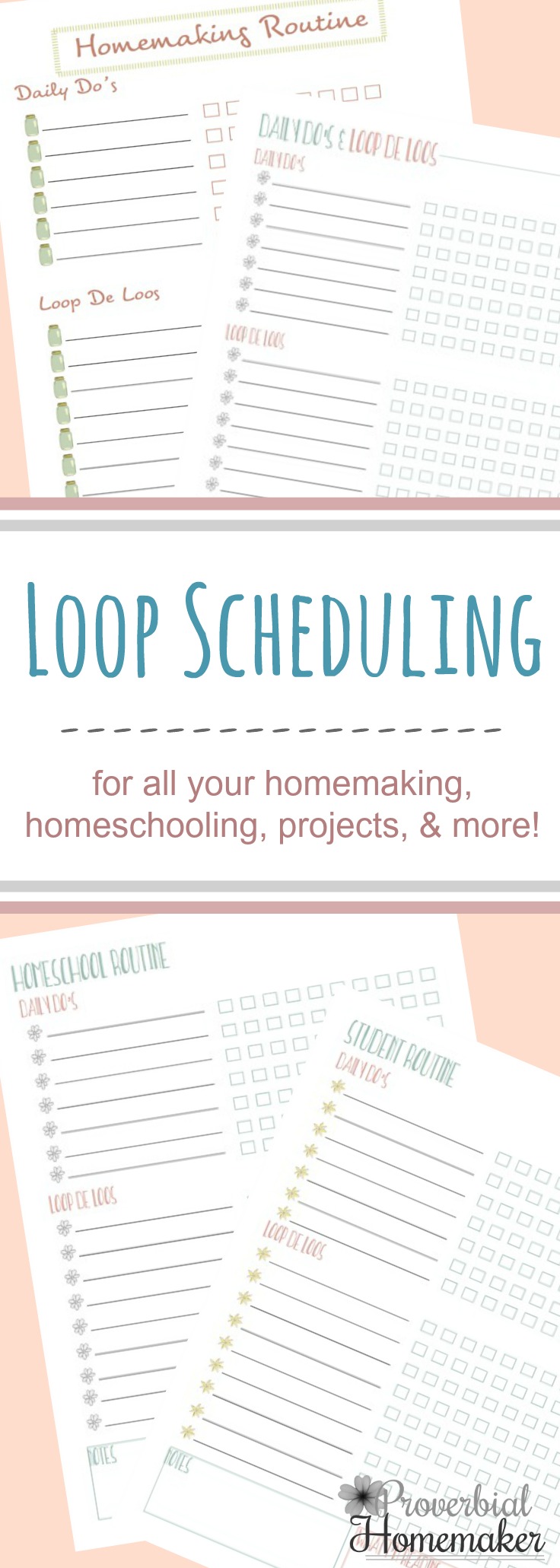

 by Stephanie, The Multi Taskin' Mom
by Stephanie, The Multi Taskin' Mom
This Post Has 29 Comments
Always eager to try and share new materials!
Good thoughts.
I like the idea of doing copy work for spelling.
I think I would like the literary criticism book. I love the idea of using narration and copywork.
It’s hard to choose just one, but I guess I would choose the orange book.
I plan to look into the Spelling Wisdom program.
i would love the blue book
i love it all. so much great informations and tips
I would love the blue book for my 6 year old.
I am excited to use LLATL this year. I would love the Green book.
I would grab the purple level.
I love the tips about narration.
I love the idea of having them take notes on a book. I haven’t tried that yet!
I liked the Asking Questions tip, thank you!
I love the yellow book
I’d like to get the blue, green and purple books, as I’m teaching children of multiple ages. I do like the idea of teaching from a book as opposed to a textbook with segmented ideas.
Love whole book learning with a guide!
Great post on using literature to teach language arts!
Great post on using literature to teach language arts! Also love whole book learning with a guide!
I love whole book learning with a guide!
Literature is sure the way to go to teach language arts!
Great information! Language arts was one of the subjects I was uncertain how to teach without using textbooks and worksheets, so this gave me some great direction.
I would start with the blue book in a couple years. My oldest is just starting kindergarten.
If I won, I’d pick the THE GOLD BOOK – AMERICAN LITERATURE – HIGH SCHOOL SKILLS.
The tip I liked the most was narrating from beautiful pictures. A lot can be learned from studying a picture.
I love this give away! WQe are doing blue and red and I would love yellow!
I love that children learn a lot about language simply by listening to a read aloud. I’d pick the blue book.
The tips on narration for the student ref using a picture. That’s something that will help launch my kiddo further in narration.
We would get the yellow book